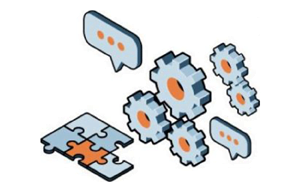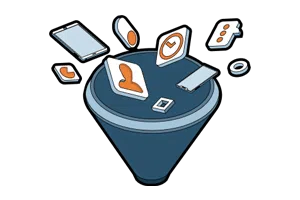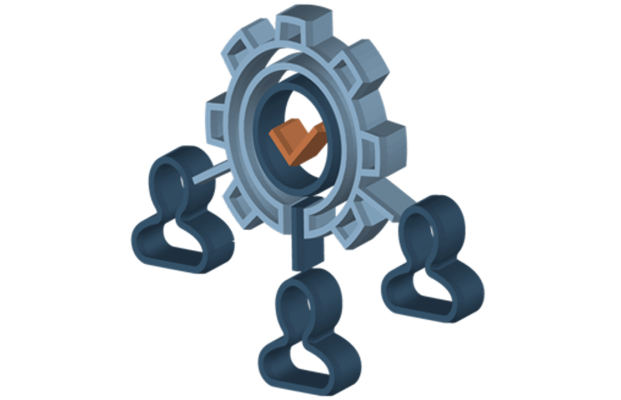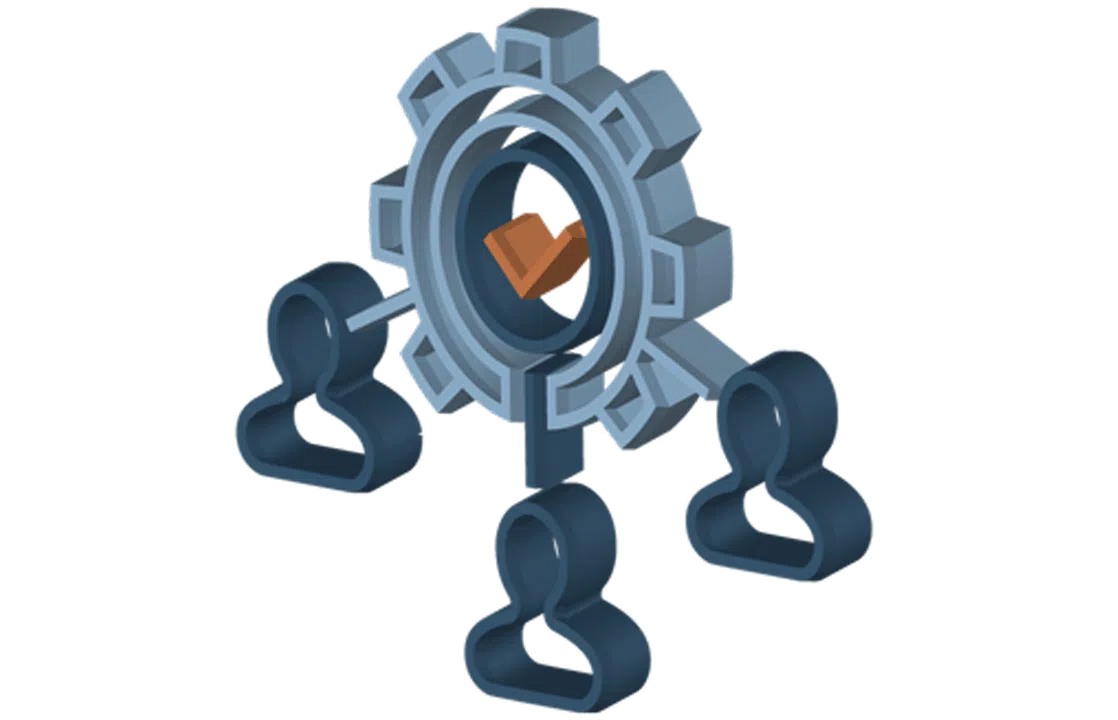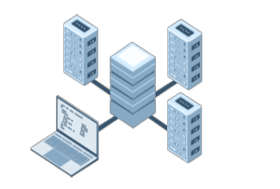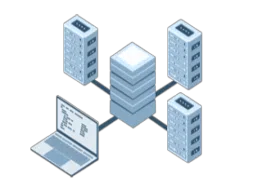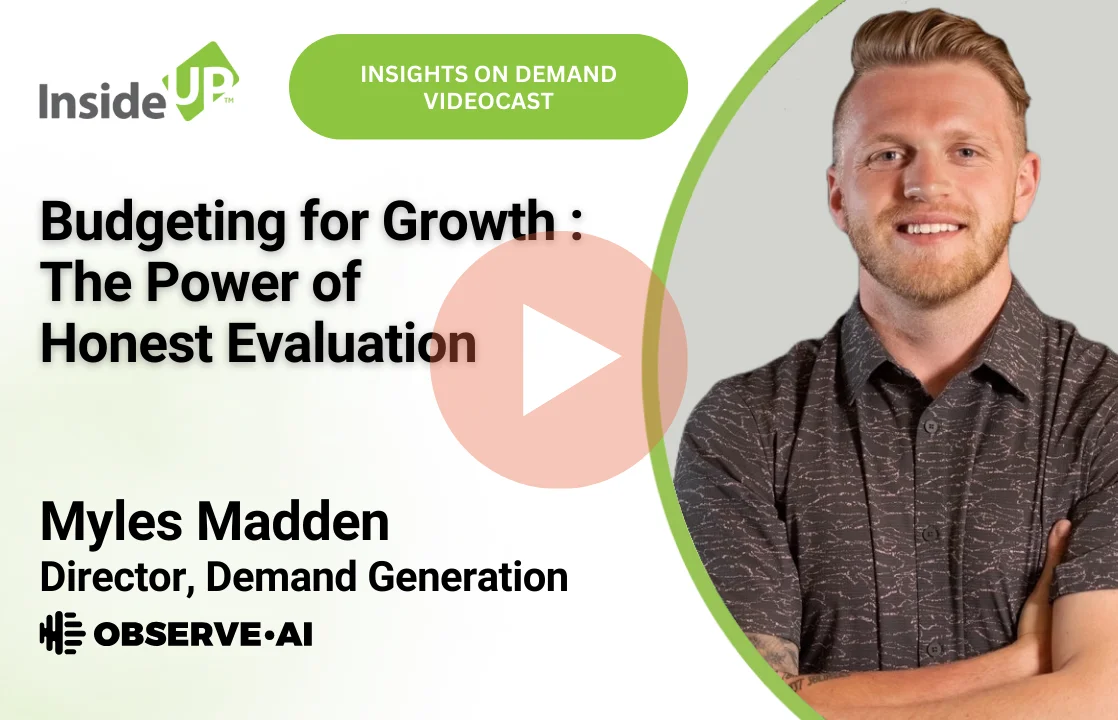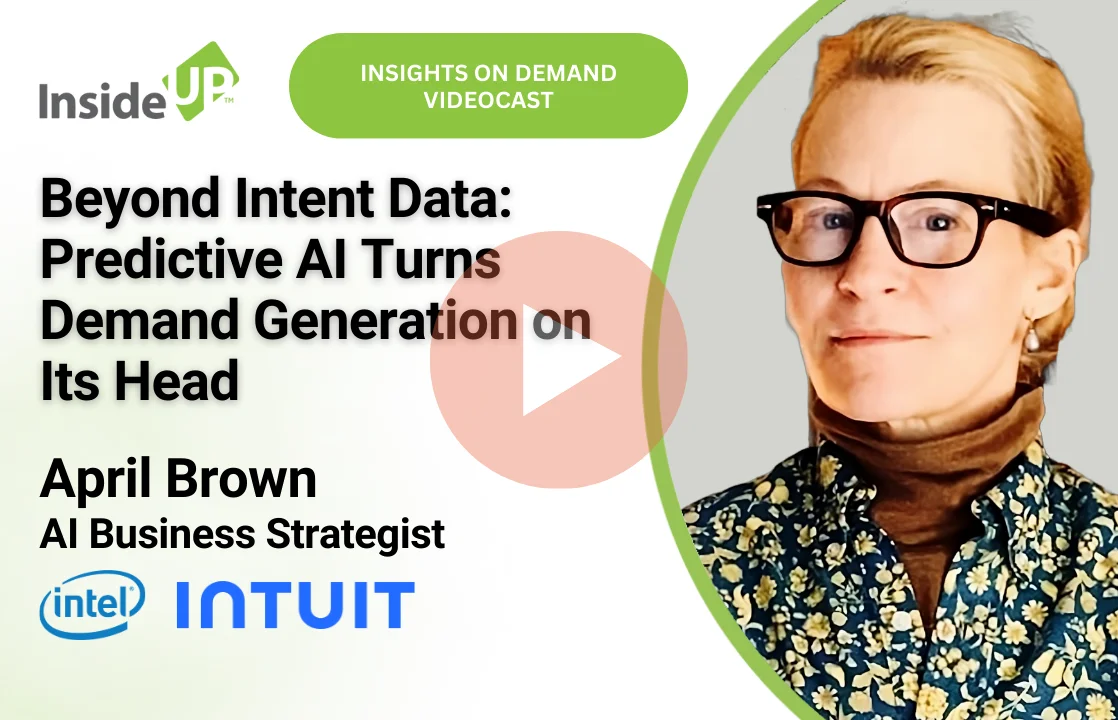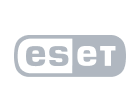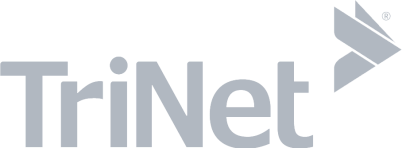
Introduction
In a continuation of my interview (part of a study series sponsored by InsideUp on B2B IT buyers) with Genefa Murphy, CMO of Five9 and former CMO of Micro Focus, we discuss how thought leadership strategies can be fashioned into compelling content destined to be consumed by members of buying process in their target accounts.
KEY TAKEAWAYS
- Value selling has both marketing and sales components
- Prescriptive content includes verticalization and benchmarks
- Consider creating stakeholder maps of a buying committee before all the names are known
- To assist sales, marketing activities can target gaps in the stakeholder map with engaging content
- IT is playing a greater role in technology related decisions and it’s not unusual for the C suite to be involved
Translating Thought Leadership into Sales-Delivered Commercial Insights
Micro Focus takes value-based selling to a new level. They have established a “Value Management Office” which is responsible for constructing ROI models and sales tools. The process of building an ROI narrative and creating commercial insights have two delivery components: 1) a marketing component that delivers content to demonstrate TCO and ROI, and 2) a sales component that delivers training to address behavioral aspects within the sales organization.
Genefa continued “…as we were building out that type of content and thought leadership, we also started to re-engineer the behaviors and muscle memory within our sales organization to be able to take advantage of it. About a year ago, we rolled out (to over 3,000 sellers) a new sales methodology, which we call “S3”. S3 is based on a combination of multiple different methodologies including ‘The Challenger Sale’ so that our sales team could be receptive to the commercial insights that we were providing to them.”
Micro Focus has also ramped up their survey efforts and built ‘maturity models’ so that customers can benchmark themselves. When the sales team leads with a thought leadership piece on a particular topic (e.g., Cyber Security or DevOps), they can also offer tangible data about how the rest of the prospect’s industry is performing.
Micro Focus has also recently launched a thought leadership platform for their cyber security business called “Cyber Resilient”. Part of that is a cyber resilience assessment that customers can go and take. This allows Micro Focus to actually capture data over time and provide unique insights with respect to the buying process to the sales team. In addition to offering prescriptive content to their customers, Micro Focus is able to provide prescriptive insights to the sales team.
Influencing Buying Committees
Our conversation turned to the role of buying committees. I asked Genefa how they approach buying committees within their sales and marketing process.
Genefa stated that her answer will be different from what it would have been a year ago. “…we coordinate our ABM campaigns to align with sales who will focus directly with buying committees”.
Genefa also shared “… from the marketing side of the house, we’ve really expanded the scope of the metrics that we use to measure the contribution of Marketing. Our metrics used to be focused very much on just ROI (the revenue attributed to the leads that we generated). Now we’ve put a lot more attention on the levels of awareness, perception and preference we attain. We look at total reach, active reach, share of voice, sentiment, engagement, loyalty and advocacy. Those are becoming so much more important when you are looking at influencing buying committees (instead of pursuing individual leads), and this becomes part of our S3 sales methodology”.
Genefa indicated Micro Focus requires its sales organization to build out (for any deal valued above a certain threshold amount) a stakeholder map. The sales team will actually sketch out a stakeholder map before they have the names of the various contacts to put in there. Hence, Micro Focus management is able, early on, to ask pertinent questions about the buying committee: “Do we have a relationship with the C level or do we only have relationships at the practitioner level?” This helps their marketing team prioritize who & where they target to develop engagement where there is a gap.
For example, if the sales team lacks C level relationships corresponding to the line of business representatives on the buying committee, then marketing can take specific actions in order to assist the sales team. “If marketing is attempting to assist with specific C level engagement and relationships,” Genefa said, “then we may leverage third parties to set up executive roundtables to develop specific contacts and relationships”.
One of the unique challenges with buying committees is that the pendulum seems to swing back and forth. It used to be that the line of business tended to drive the process. Now Micro Focus is seeing an increasing and accelerating role for IT in all technology related decisions. They also see a greater level of engagement by the C suite in the buying process and, in fact, are becoming directly involved with the buying committee. Genefa offered that they also have detected an increase in the C suite’s willingness to manage the buying process directly due to higher risk considerations (such as GDPR and CCPA concerns) rather than just relying on the buying committee recommendation.
Conclusion
Micro Focus has created prospect engagement and feedback loops via thought leadership platforms like Cyber Resilient to ensure they are able to capture unique information can be used by the sales team to engage prospective buyers with commercial insights. The sales team is armed with the ability to have business-oriented conversations with key personas and create a highly differentiated customer experience even prior to a sale.
Sales and marketing teams achieve alignment via the S3 sales methodology that allows for transparency into target accounts. When the sales team identifies vulnerabilities, the marketing team can respond with specific campaigns and efforts to plug those holes.
Buying committee structures and buyer behaviors will undoubtedly continue to evolve, but, from this CMO’s perspective, the influence of IT and, at times, the C suite, is readily apparent.
InsideUp, a leading demand generation agency, has over a decade of experience assisting technology clients, that target mid-market and enterprise businesses, by meeting and exceeding their key marketing campaign metrics. Our clients augment their in-house demand generation campaigns (including ABM) by partnering with us to build large sales pipelines. Please contact us to learn more.















